I am using ggplot2 to create vertical profiles of the ocean. My raw data set creates "spikes" so to make smooth curves. I am hoping to use geom_smooth(). I also want the line to progress according to the order of the observations (and not according to the x axis). When I use geom_path(), it works for the original plot, but not for the resulting geom_smooth() (see picture below).
melteddf = Storfjorden %>% melt(id.vars = "Depth")
ggplot(melteddf, aes(y = Depth, x = value)) +
facet_wrap(~ variable, nrow = 1, scales = "free_x") +
scale_y_reverse() +
geom_smooth(span = 0.5,se = FALSE) +
geom_path()
 Therefore is there a way to make sure the smooth curve progress according to the order of observations, instead of the a axis?
Therefore is there a way to make sure the smooth curve progress according to the order of observations, instead of the a axis?
Subset of my data:
head(Storfjorden)
Depth Salinity Temperature Fluorescence
1 0.72 34.14 3.738 0.01
2 0.92 34.14 3.738 0.02
3 1.10 34.13 3.739 0.03
4 1.80 34.14 3.740 0.06
5 2.80 34.13 3.739 0.02
6 3.43 34.14 3.739 0.05
